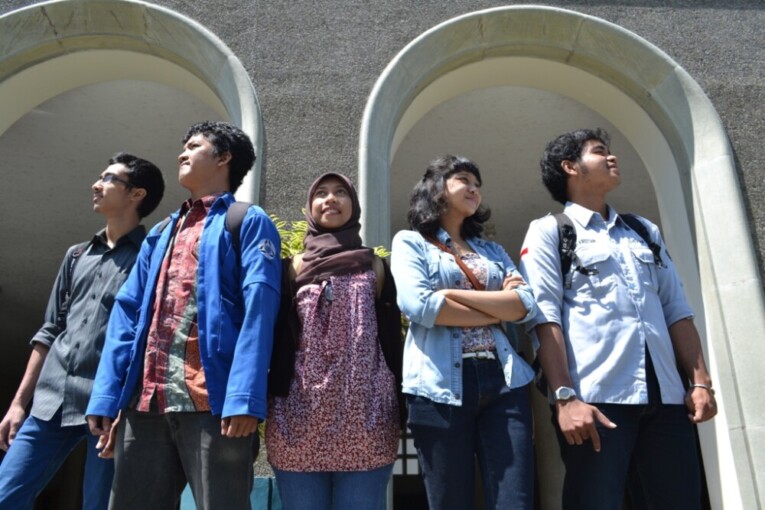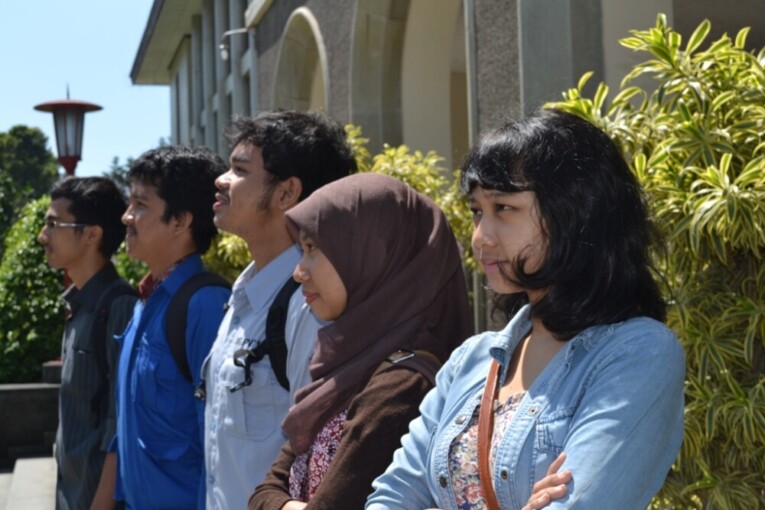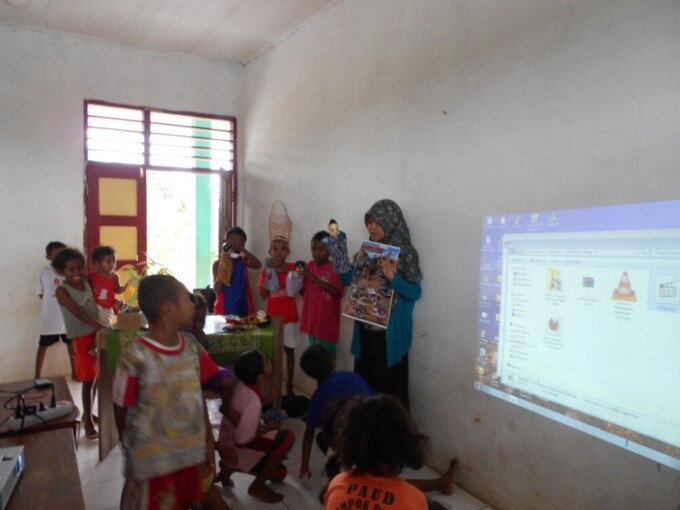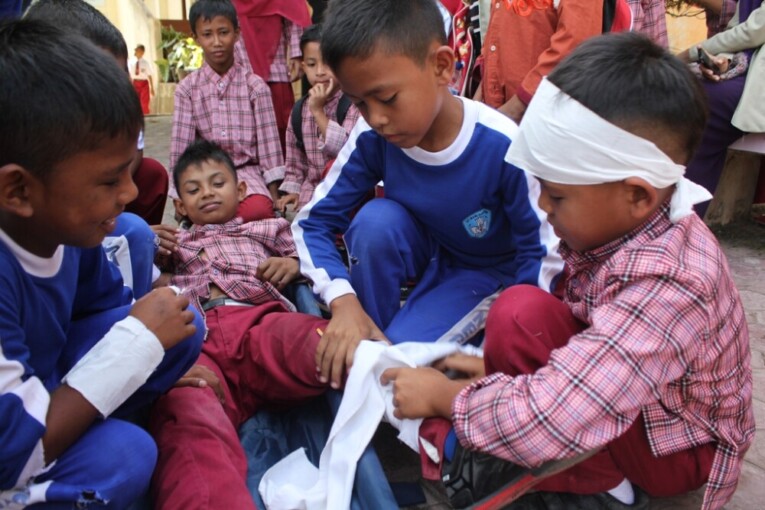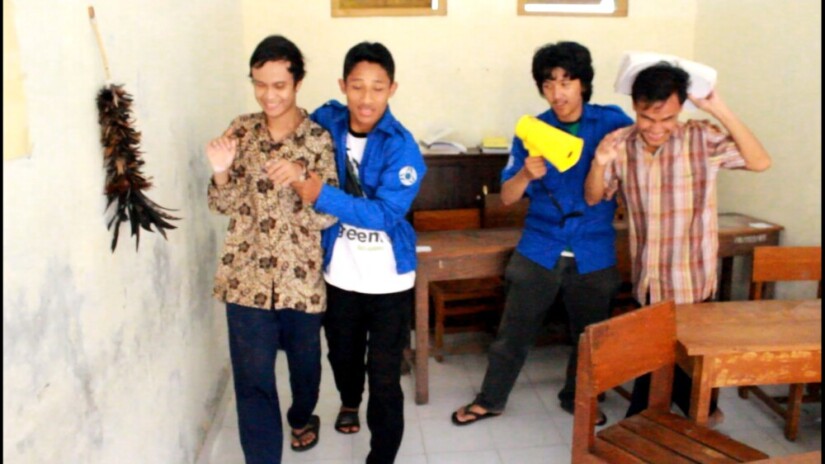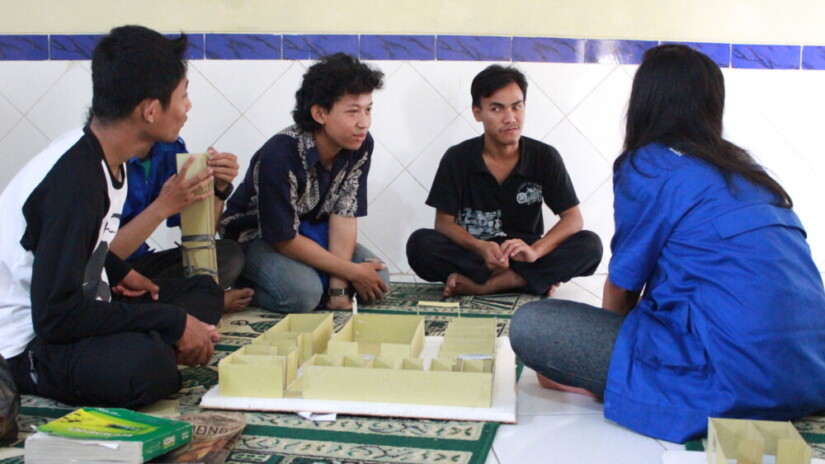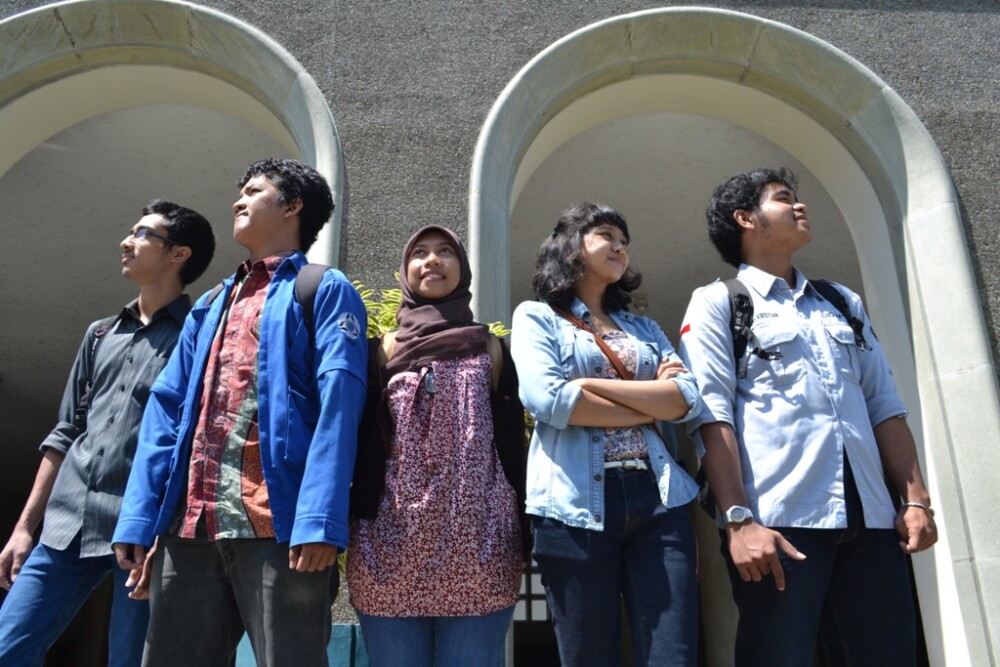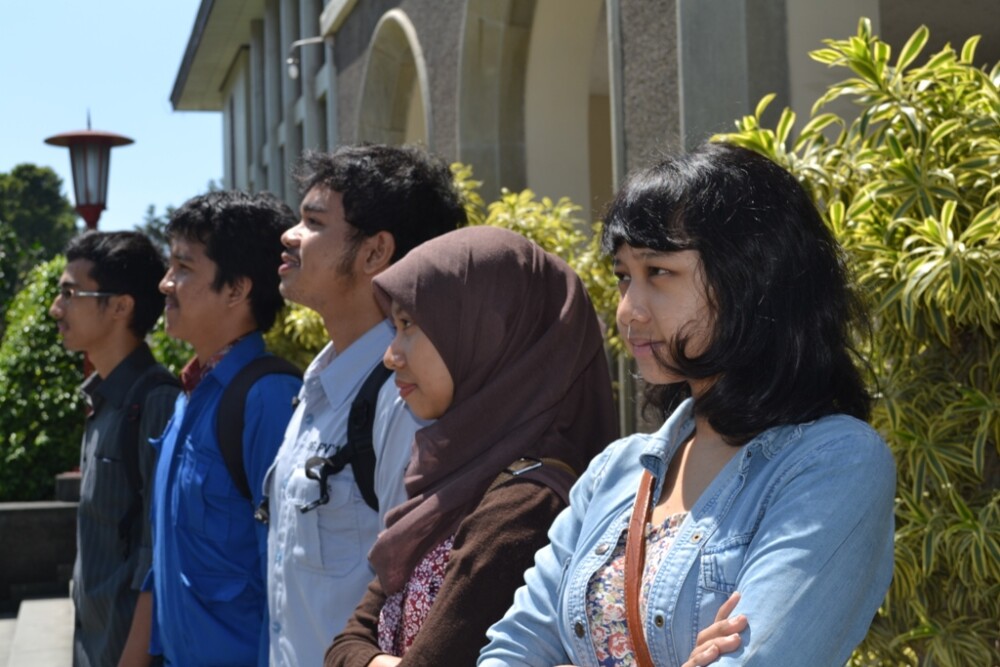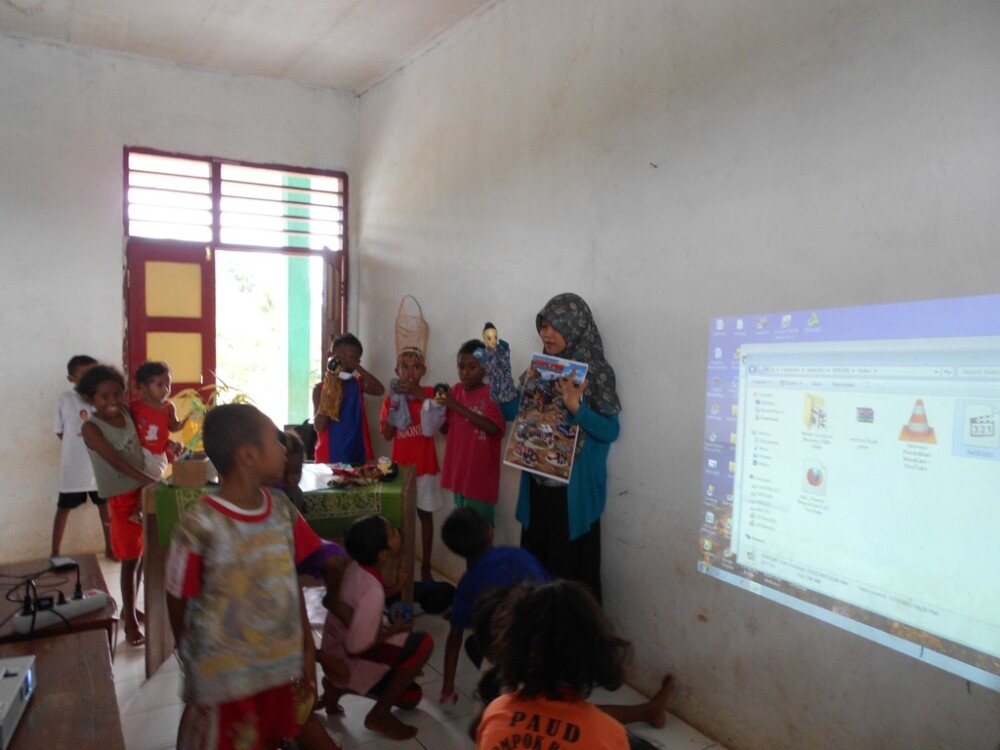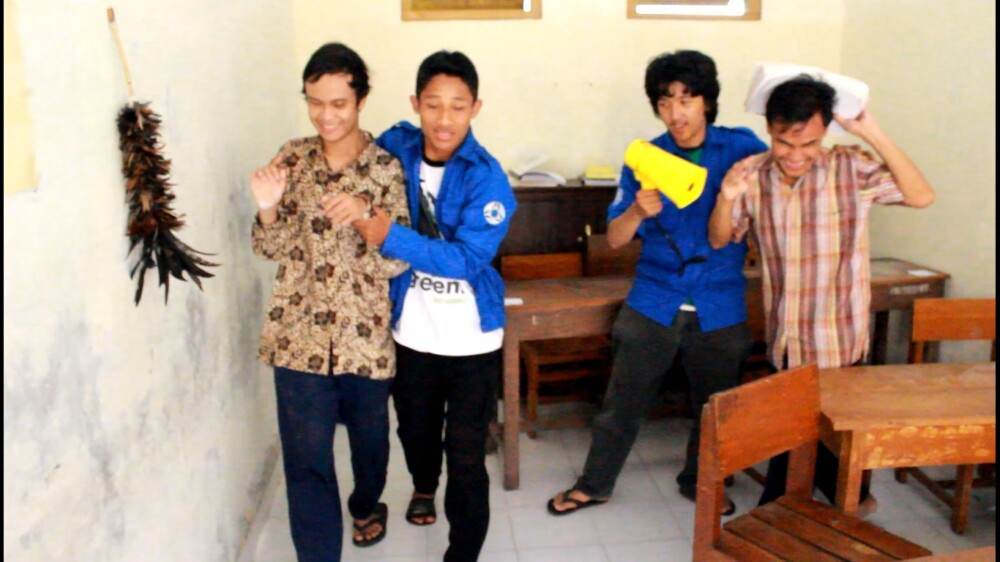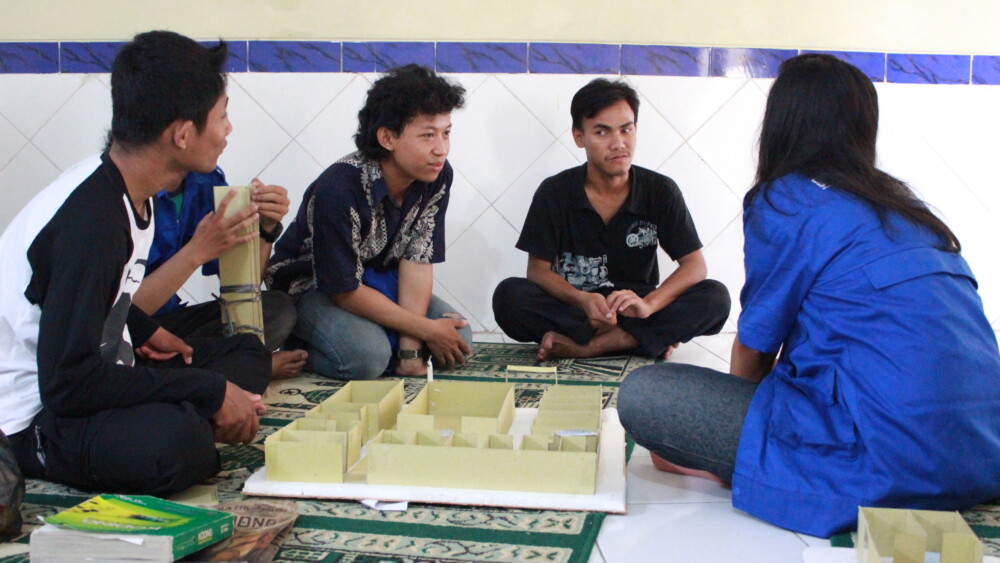NGAWI – Faculty of Forestry UGM is developing agroforestry, a system that grows crops and forest plants on the same plot. Farmers are encouraged to grow gogo rice in the teak forest land. “In addition to the more economic value, farmers will be able to store the crops for their own consumption,” said Dr. Budiadi, S.Hut., M.Sc, researcher from the Faculty during the harvesting time in Sidolaju forest that is owned by Perum Perhutani in Ngawi, East Java, on Saturday (8/3).
The gogo rice cultivation is a programme between Faculty of Forestry UGM with Perum Perhutani of Ngawi where they plan to grow ten varieties of rice. So far, only three have been further developed, which are the Situpatenggang, Inpago 4, and Inpari varieties, as “They are can adapt the most,” said Budiadi.
Further Budiadi explained that the farmers welcomed the agroforestry programme. Of the targeted 4ha, they can meet 12ha. “In average, a hectare is managed by four farmers. There are 48 farmers here,” he said.
The harvest yields well. Wongsorejo, staff from Faculty of Forestry who facilitates the farmers, explained that the Inpari varieties produces 8 tonnes/ha, Inpago 4 produces 7.2 tonnes/ha, and Situpatenggang 7 tonnes/ha.
There have been obstacles, however, that make the yields no better than last year. There was the volcanic ashfall in February and the lack of fertilisers due to distribution mechanisms.
Even so, Maridin, one of the farmers, said that planting gogo rice is beneficial to the community as the benefits are much higher than if they plant beans or tubers. “It’s very beneficial. Last year I was able to buy a car worth 40 millions after the crop,” he said. He hopes the UGM team continue to assist them in the programme.



